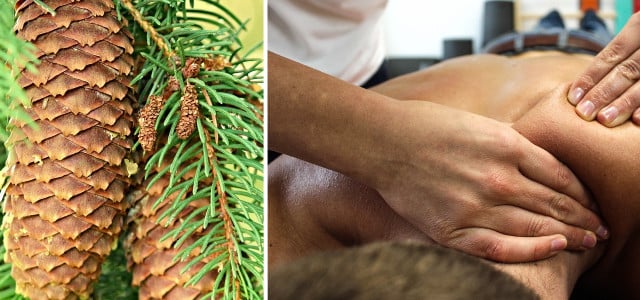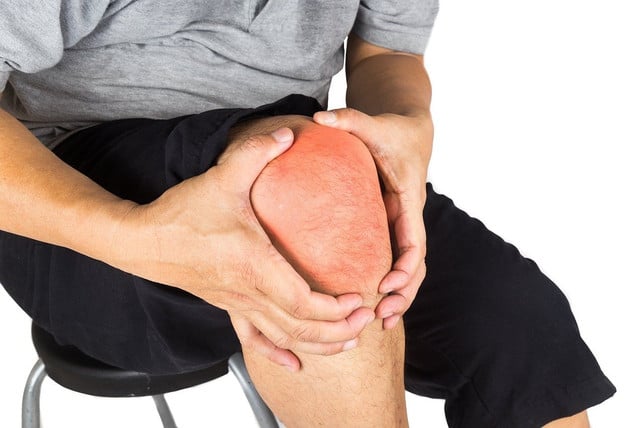
Sports enthusiasts are particularly familiar with rubbing alcohol because of its circulation-stimulating effect. Older people also appreciate the home remedy for joint pain. We’ll tell you what you need to consider when using it.
Until around the early 18th century, rubbing alcohol was the term for all spirits that were made from wine and its remains. Since production took place primarily in France, the name is a combination of “Franz” and “brandy”. You probably know it today as a home remedy for muscle and joint pain. Rubbing alcohol is known to provide relief from these symptoms.
Rubbing alcohol: ingredients and effects

(Photo: CC0 / Pixabay / u_if8o5n0ioo)
Rubbing alcohol consists of pure alcohol (ethanol). This is mixed with camphor, menthol, spruce needle or mountain pine oil, for example. The liquid is colorless and smells like a pine forest.
Here’s what else you should know about rubbing alcohol:
- Rubbing alcohol is used for rubbing – for sore muscles, tension, muscle and joint pain or simply for massage. Rubbing alcohol can also be used for muscle cramps.
- Thanks to the essential oils it contains, rubbing alcohol has also proven effective for strains, bruises and sprains.
- The ingredient camphor ensures better blood circulation to the painful area.
- At first, rubbing alcohol feels cool on the skin. However, by rubbing in you can generate the necessary heat to relax the painful areas and get the active ingredient to its target.
- It is also recommended to treat the affected areas with heat, for example using a cherry stone pillow or a hot water bottle.
How do I best use rubbing alcohol?

(Photo: CC0 / Pixabay / Maryseh)
According to the package leaflet, you can use rubbing alcohol three to five times a day, but not for more than three days in a row. Simply massage it into the affected area until the skin has absorbed the rubbing alcohol and the area is no longer wet. You should avoid contact with mucous membranes, open wounds and eyes.
You should also note the following when using it:
- According to the package leaflet, rubbing alcohol is only suitable for young people aged 15 and over. Pregnant people should also not use it. Breastfeeding women should not rub the medicine on their breasts. If in doubt, it is best to seek advice from a doctor’s office or pharmacy.
- If you suffer from respiratory diseases such as whooping cough or bronchial asthma, you should also avoid using rubbing alcohol.
- The alcohol it contains can dry out the skin more quickly, especially in older people. Therefore, you should only use rubbing alcohol as a home remedy in moderation.
- After application, sensitivity problems may occur in the treated area. According to the package leaflet, these include, among other things, skin redness, itching and rashes.
- Rubbing alcohol does improve blood circulation. However, if you have chronic circulatory problems in the limbs or weak veins, you should avoid using it.
Tip: It therefore makes most sense to use rubbing alcohol only after sport or a demanding activity.
Where can I buy rubbing alcohol?

(Photo: CC0 / Pixabay / Hans)
You can buy rubbing alcohol at any drugstore or pharmacy. It can now even be found in the personal care and health section of some supermarkets. It is often enriched with additional medicinal plants such as arnica or horse chestnut.
Read more on Techzle\.com:
- 8 wild herbs that you can collect in autumn
- Wildflowers are pretty, tasty and healthy: 7 tips
- Aloe vera gel: This is how the juice of the miracle plant works
Edited by Lea Hermann
** marked with ** or orange underlined Links to sources of supply are partly partner links: If you buy here, you are actively supporting Techzle\.com, because we then receive a small part of the sales proceeds. More info.